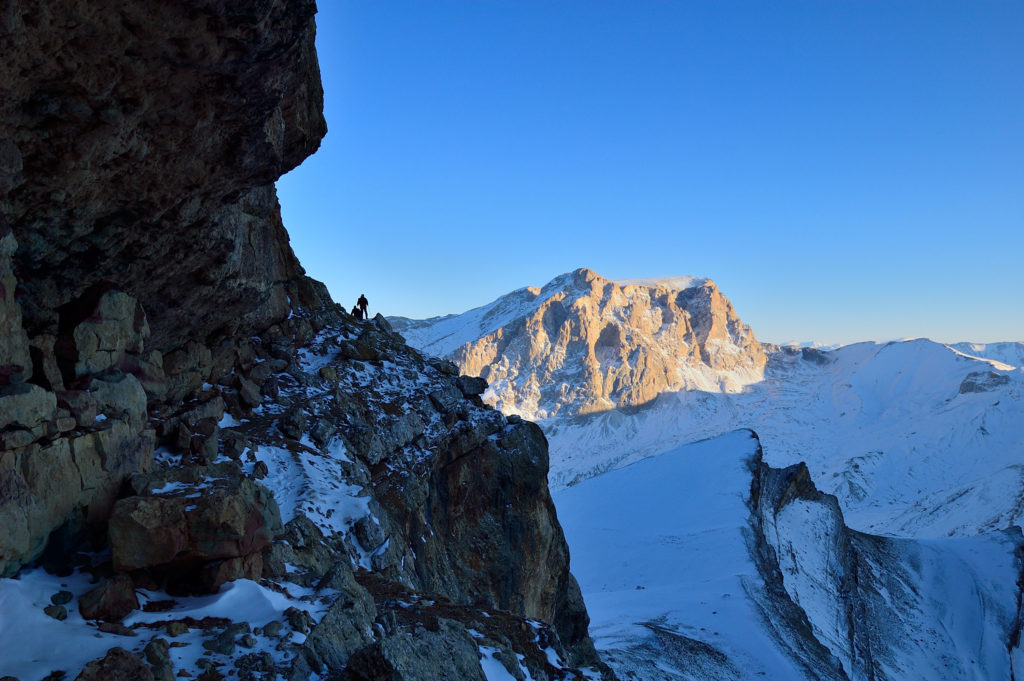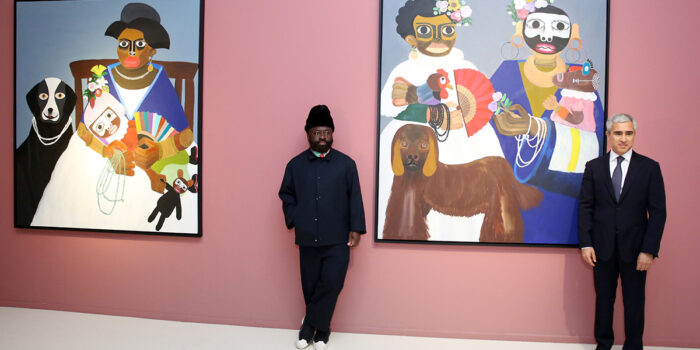The nature conservation area of the High Caucasus is a challenging environment to be in. Photographer Emil Khalilov explains why he feels compelled to share his experiences of working there
It takes a particular dedication and set of skills to photograph mountainous scenery well. Reaching a remote and high-altitude location such as the peaks in Shahdag National Park in the Caucasus mountains of northern Azerbaijan is taxing in itself. But Emil Khalilov specializes in this subject, has the right equipment and knows the region well.
First of all, describe the types of landscape you find up there in the mountains.
There are no metalled roads up there, only narrow paths over the ravines. So, the impact of people on nature has been minimal. There are streams with very pure water and in spring the alpine meadows are full of flowers. In winter you can look up at a blue sky you’d never see from the lowlands.
Why choose to work in inaccessible areas like this?
It’s one of the most remote areas of Azerbaijan, especially in winter. In summer you meet shepherds driving their flocks to the high pastures. In winter, in the highest areas, you see the odd climber. I think it is the most beautiful part of the country. The absence of people and the sheer natural beauty – these are the two things that attract me most. But when I’m photographing a landscape, I do sometimes include a person (usually a mountaineer) to give an idea of the scale.
Explain the techniques behind the night-time shots.
With the development of digital technology, night photography is available to everyone – but here, actually, success depends on using high-quality equipment. For night photos, I use wide-angle lenses to capture as much starry sky as I can and shoot in manual mode at maximum aperture. Because of the long exposures, I use a special lightweight tripod that is strong enough to support the camera and lens, but light enough to carry. I decide on the locations during the day and usually choose subjects according to whether I’m expecting a moonlit or moonless night.
Have you had any close encounters with wildlife up there?
Mostly I see the East Caucasian tur [a mountain goat] and the Caucasian snowcock [a kind of partridge]. In winter you can see wolf tracks in the snow.
You have worked in some of the world’s other great ranges. Does working in the Caucasus feel any different?
Yes, sometimes I take photos in the Nepalese and Indian Himalayas, but I grab every chance to visit my own range – it’s like playing football at your home ground. I feel completely free, and though I know the mountains well, I always find something new each visit.
The American landscape photographer Ansel Adams said that “landscape photography is the supreme test of the photographer”. Do you agree?
Yes, I do. It’s difficult to take a landscape photograph and convey the mood, the feeling of the place. The results are usually like characterless postcards. Incidentally, I agree even more with the second part of that quote, “and often the supreme disappointment”.
Photography by Emil Khalilov
This story appeared in the Winter 2015/2016 issue of Baku magazine.








